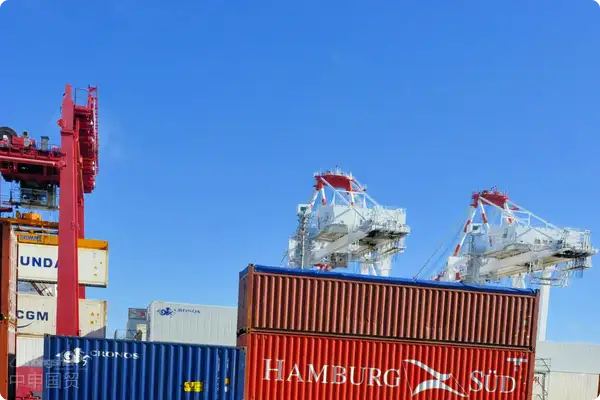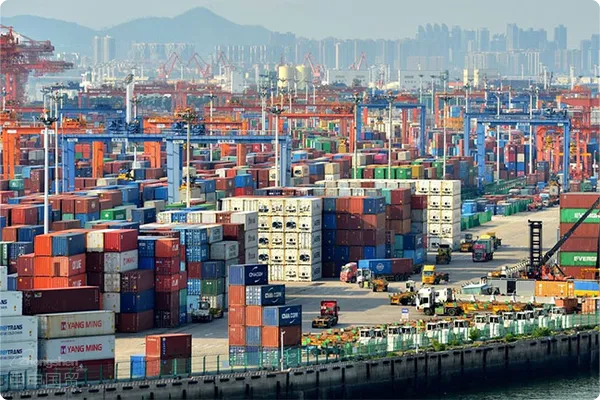- Shanghai Zhongshen International Trade Co., Ltd. - Two decades of trade agency expertise.
- Service Hotline: 139 1787 2118

foreign tradeTrust and Protection in Cooperation
In international trade, we often face this dilemma: on one hand, we need to demonstrate product quality and compliance to potential clients; on the other, we must protect the companys core trade secrets. Recently, we encountered a UK client interested in a certain equipment who, before inquiring about pricing, first asked whether the product complies with UK safety and quality standards. This professional and rigorous purchasing habit is typical of mature markets in Europe and America.
The Right Approach to Certification Requirements
When clients raise certification requirements, we took the correct first step: clearly stating our willingness to cooperate with CE certification or other necessary certifications. Heres a professional insight:
- Providing certification documents for similar products is wise, as it demonstrates compliance capability
- However, be mindful of the relevance between certification documents and specific products to avoid misleading clients
- Its best to explain the specific certification process and timeframe to set client expectations
Strategies for Handling Design Drawing Requests
When clients further request design drawings, this indeed touches on sensitive corporate information. Based on 20 years of foreign trade experience, I recommend the following strategies:
- Principle of Phased Disclosure: First provide non-core information such as product appearance images and basic parameters
- Principle of Reciprocity: Request complete company information from clients to establish mutual trust
- Legal ProtectionConsider signing a non-disclosure agreement (NDA) before providing detailed information
Professional methods for assessing client authenticity
For this UK client, there are several key points worth noting:
- The equipment price is around 60,000 RMB, which falls under small-to-medium procurement
- The clients official website shows relatively low product pricing, likely not an industry leader
- But their strict certification requirements demonstrate market compliance
In this situation, we recommend adopting a cautiously optimistic approach. Request the client to provide:
- Company registration documents
- VAT number
- Previous purchase records (if available)
- Specific procurement plan and quantities
Bottom-line thinking for intellectual property protection
Through years of foreign trade practice, Ive always adhered to one principle:Core intellectual property is the lifeline of an enterpriseSpecifically regarding design drawings:
- General assembly drawings can be appropriately provided, but key component drawings must be protected
- Process parameters and material formulas must remain absolutely confidential
- Can provide sanitized technical documentation while retaining core know-how
Alternative solutions for building trust
If the client insists on seeing evidence before placing orders, we can provide:
- Third-party test reports (for performance parameters)
- Client testimonials and case studies
- Factory audit invitation (virtual or on-site)
- Sample testing opportunities
Professional recommendation: Phased implementation strategy
Based on this case, I recommend the following steps:
- Provide basic product specifications and appearance drawings
- Sign a non-disclosure agreement
- Client pays earnest money or sample fees
- Provide partial technical documentation
- Coordinate certification work after order confirmation
Remember, professional foreign trade cooperation is built on mutual respect and gradual progress. We should neither abandon opportunities due to excessive caution, nor compromise core corporate interests without reservation. Mastering this balance is the hallmark of a foreign trade expert.
Related Recommendations
Learn
Contact Us
Email: service@sh-zhongshen.com
Related Recommendations
Contact via WeChat

? 2025. All Rights Reserved. Shanghai ICP No. 2023007705-2  PSB Record: Shanghai No.31011502009912
PSB Record: Shanghai No.31011502009912









